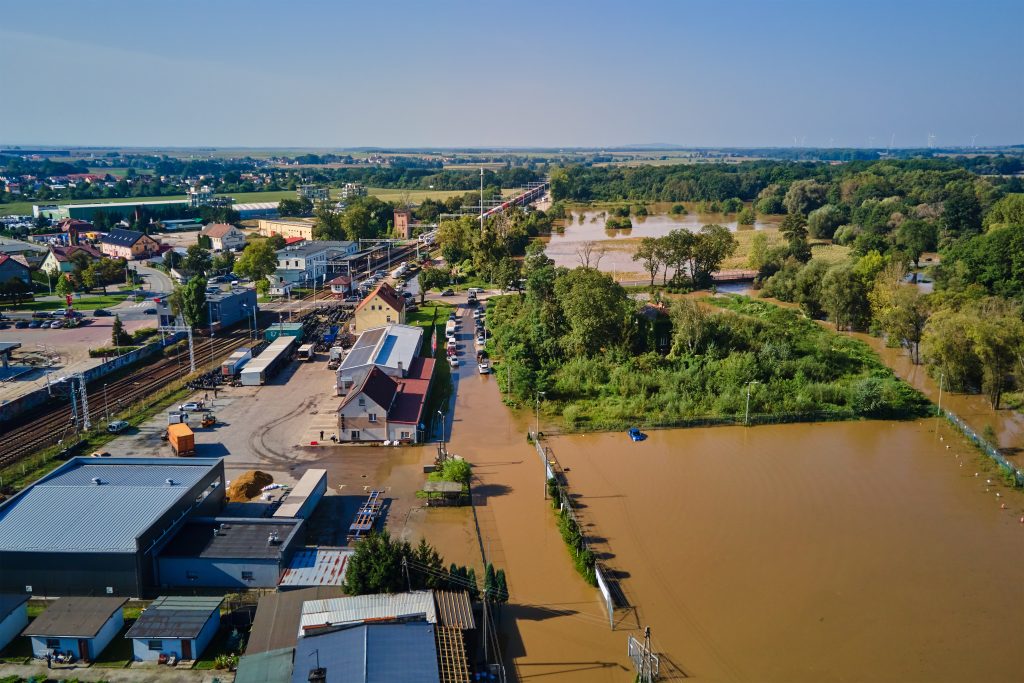When heavy rain events hit impervious surfaces like parking lots or roadways, water needs a clear path to move without overwhelming the environment or built infrastructure. That’s where modern stormwater infrastructure comes in. Systems built around catch basin inserts, outlet structures, and storage features like a detention tank or retention tank form the backbone of drainage planning across Pennsylvania.
A structure designed for storm management does more than move water; it balances flow rates, protects nearby water bodies, and ensures compliance for decades of long term use.
Catch Basins: Entry Points for Stormwater
The first step in controlling runoff often begins at the curb or street inlet. Catch basin inserts and catch basin filter inserts intercept water and screen out sediment, oils, and trash before it moves into underground systems. For locations with higher pollutant loads, contractors may install a catch basin filter sock or stormwater filter sock to capture fine particles and prevent blockages further downstream.
These solutions are site specific. A downtown block with frequent traffic requires different sizing and filtration than a suburban cul-de-sac. By tailoring inlets to each project, engineers ensure that the entire drainage system operates efficiently.
Storage and Flow Control
Once water enters the system, storage becomes the next line of defense. A detention tank temporarily holds runoff and releases it gradually through an outlet pipe, reducing peak demand on storm drains during a storm event. A retention tank, by contrast, keeps water on-site, allowing natural filtration and sedimentation to improve quality before slow release or infiltration.
Pairing tanks with durable reinforced concrete or concrete culvert pipe ensures that storage systems can withstand environmental pressures and heavy loads. These installations are often the difference between a controlled release and a flood-prone neighborhood.
Outlet Structures: Managing the Discharge
The outlet structure is where stormwater leaves storage and returns to natural channels. To prevent erosion and debris buildup, engineers incorporate protective elements:
- Trash racks at outlet points prevent large objects from clogging culvert pipes.
- A pond outlet structure regulates water levels while keeping the discharge steady.
- In high-energy situations, a plunge pool dissipates velocity and shields receiving water bodies from scouring.
- For overflow conditions, an emergency spillway provides a backup path, ensuring the system stays intact even under record-breaking rainfall.
By combining these protective features, a properly designed outlet ensures that runoff leaves the system safely.
Culverts and System Connectivity
At larger scales, concrete culvert pipe and other culvert pipes link upstream and downstream segments of the drainage system. Their role goes beyond conveyance—they integrate with catch basins, storage tanks, and outlet pipes to create seamless flow paths. Using reinforced concrete extends durability, particularly on roads and highways where loads are high and water volumes significant.
Each culvert must be chosen with specific design criteria in mind, such as soil conditions, expected flow rates, and surrounding land use. This ensures that the system not only moves water but also preserves its structural integrity for the long term.
Conclusion
Effective stormwater infrastructure is never one-size-fits-all. From catch basin inserts and stormwater filter socks at the inlet, to detention tanks, retention tanks, and pond outlet structures in the middle, and finally to trash racks, plunge pools, and emergency spillways at the discharge, every structure designed serves a critical purpose.
By specifying reinforced concrete, sizing systems based on site specific conditions, and integrating each part into a unified drainage system, engineers protect communities, preserve water bodies, and maintain resilience during severe storm events.

